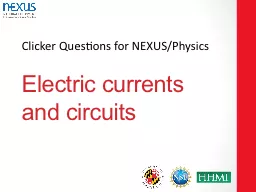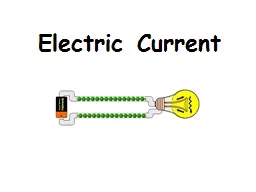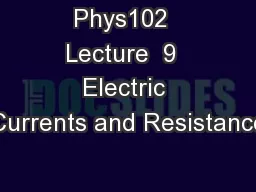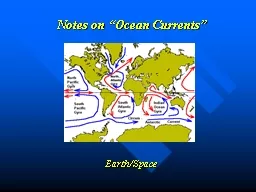PPT-Physics 05: Electric Currents
Author : luanne-stotts | Published Date : 2017-04-12
BY HEI MAN KWOK 12N03S 51 electric potential difference current and resistance Model of electric conduction in a metal energy transfer Charge carriers have kinetic
Presentation Embed Code
Download Presentation
Download Presentation The PPT/PDF document "Physics 05: Electric Currents" is the property of its rightful owner. Permission is granted to download and print the materials on this website for personal, non-commercial use only, and to display it on your personal computer provided you do not modify the materials and that you retain all copyright notices contained in the materials. By downloading content from our website, you accept the terms of this agreement.
Physics 05: Electric Currents: Transcript
Download Rules Of Document
"Physics 05: Electric Currents"The content belongs to its owner. You may download and print it for personal use, without modification, and keep all copyright notices. By downloading, you agree to these terms.
Related Documents

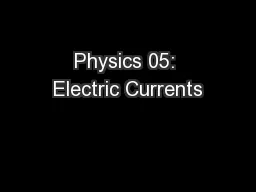
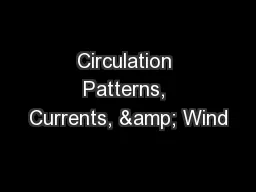
![L 28 Electricity and Magnetism [6]](https://thumbs.docslides.com/537817/l-28-electricity-and-magnetism-6.jpg)

